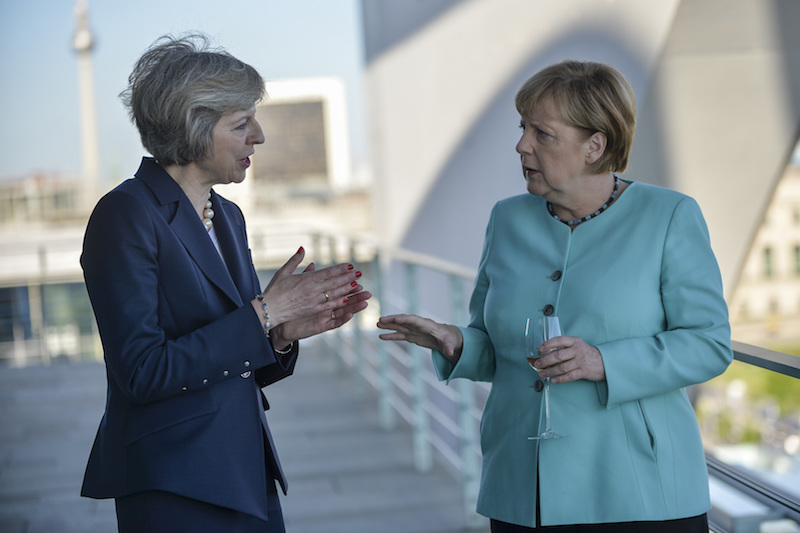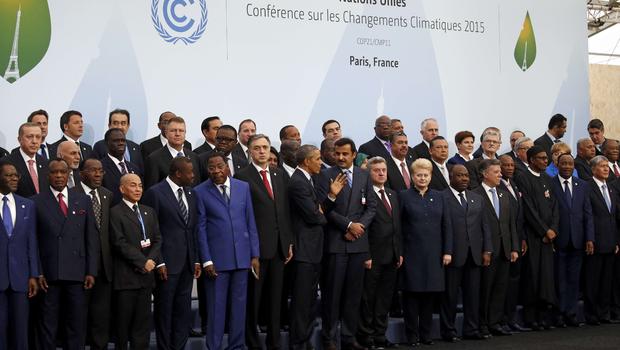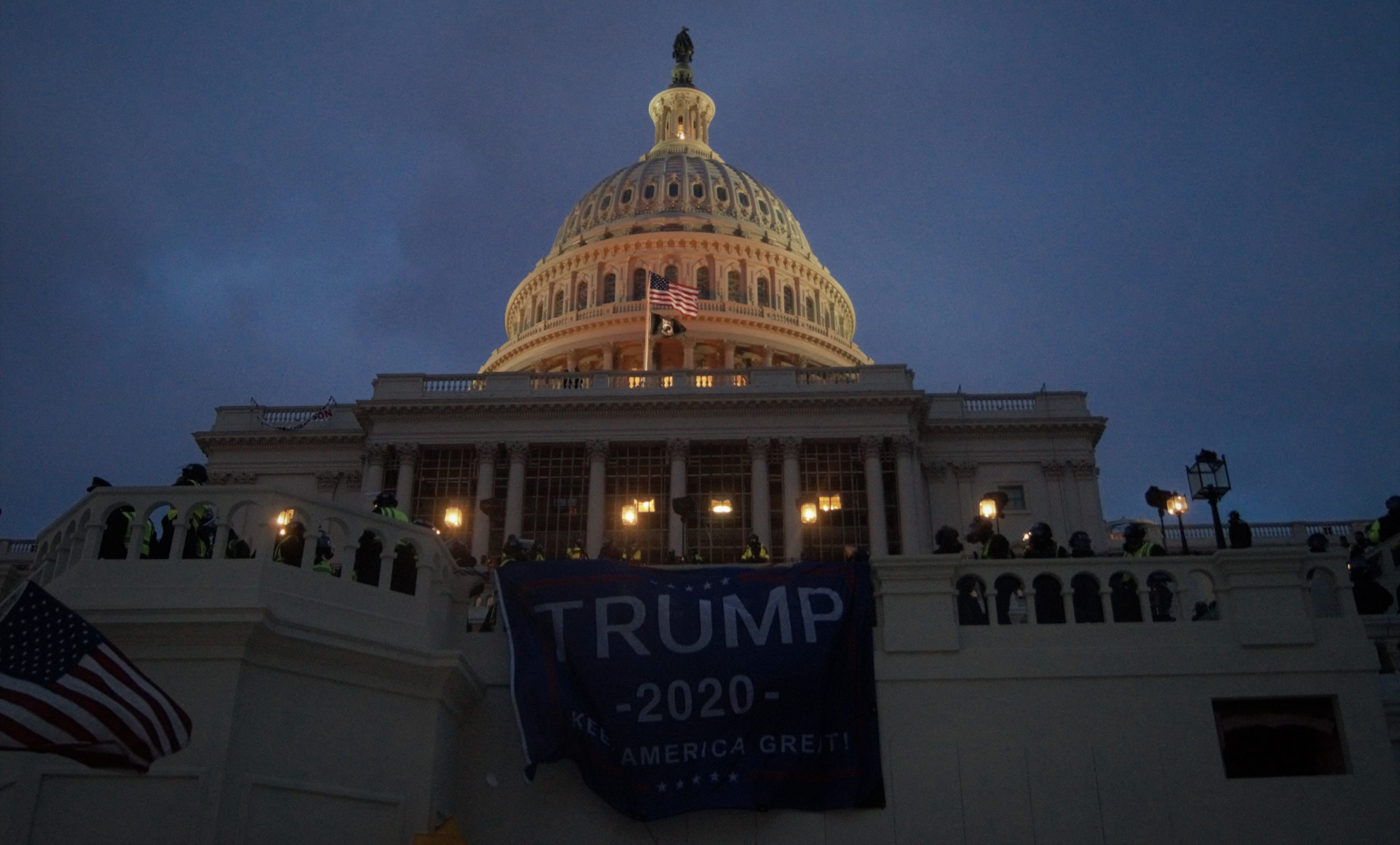With gender parity in the Trudeau cabinet, Theresa May’s appointment as British PM, and, most recently, Hillary Clinton’s nomination as the Democratic presidential candidate, higher-level representation of women in politics seems to be on the rise. What’s behind this shift?
See what our NAOC Program Editors had to say for this week’s Editors’ Forum.
Beyond Iron Women
Marissa Young, Program Editor, Women in Security
For the first time in history, women could lead three of the world’s largest Western economies. This feat brings women such as Theresa May, Angela Merkel, and Hillary Clinton among the rare ranks of the women to have secured political office. In the past, women like Margaret Thatcher and Golda Meir had to establish themselves as staunch conservatives, or “Iron Ladies,” in order to gain the favour of their parties and voters. That is, women who wanted to make a political career for themselves often had to take on causes that reflect the status quo, or were inherently anti-woman – such as opposition to social spending, reproductive rights, and anti-discrimination measures.
A 2014 Hewlett-Packard study confirms this trend. Their findings showed:
Women working at HP applied for a promotion only when they believed they met 100 percent of the qualifications listed for the job. Men were happy to apply when they thought they could meet 60 percent of the job requirements.
But the political realm is undergoing a transition. There’s a shift toward higher numbers of women in politics that’s stemmed from a strong emphasis on women’s empowerment in media educational discourse, which has motivated women to pursue male-dominated careers. Such a cycle of women inspiring other women has sparked a chain reaction, with more and more having the confidence to seek public office.
That’s not to say these advances don’t come at a cost. Significant public backlash against women in politics has arisen, with movements such as Feminism is Cancer, which likens women’s empowerment to an “infect[ion of] women’s minds.”
Yet this won’t stop women from fighting towards gender equity within politics. As Clinton said in her DNC speech, “when there’s no ceilings, the sky’s the limit.” For women to establish themselves in high-ranking political office, a powerful network of women who are invested in taking down barriers to women’s political leadership will be crucial.
It’s about Time
Idil Alcinkaya, Program Editor, Emerging Security
Women have never been more represented than they are now. They’ve come to lead some of the world’s most powerful institutions and countries, which have defeated sexist misconceptions about women’s capacity for leadership.
The increase of women in higher-level executive and legislative positions can be explained by a combination of social, economic, cultural, and political factors. One of the main forces behind this has been the implementation of electoral gender quotas in many countries to raise the number of women chosen and elected into office. These measures have seen favourable outcomes for women’s political representation in countries such as Rwanda, Afghanistan, and Iraq, along with a number of South American countries such as Argentina and Bolivia.
This rapid and simultaneous rise in political spheres can also be attributed to the mobilization of women’s groups, increasing pressures from society, and strategic incentives for political elites and policy-makers.
But we should not become complacent amid these positive developments. The advancement of a limited number of women into high-level political positions shouldn’t create a perceived sense of equality, nor should it overshadow the statistical reality that women remain very much underrepresented and that gender equity is far from accomplished. Women, even in positions of power, continue to be limited by structural, prejudicial, and discriminatory barriers.
Yet those few powerful and influential women who’ve come to occupy the upper echelons of domestic and international politics may force a much-needed shift in social perceptions. For instance, when Hillary Clinton was appointed Secretary of State, India, Bahrain, Oman, and 22 other countries sent female ambassadors to represent them in Washington.
Let’s hope that the growing representation of women in politics will contribute to the broader dismantling of institutional sexism.
Sexism, Politics, and the Media
Natasha Dobrijevic, Program Editor, Expanding Community
When it comes to gender in politics, women remain drastically underrepresented, despite recent advances. Even in Canada, it’s still male politicians who dominate the headlines. The lack of awareness about female politicians has led them to be more “googled” during political debates, even when outperforming their male counterparts.
Without a doubt, however, coverage of female politicians in the media has increased, leading to a greater acceptance of female politicians – to a degree. The way female leaders are written about in the media is often vastly different from male leaders. There’s a greater tendency for journalists to focus on the personality traits of female politicians, while focusing on the “issues” when talking about male politicians. While media may focus on the clothing and appearance choices for politicians of both genders, evidence suggests this coverage may result in poor electoral outcomes for women.
Yet such issues are often portrayed as minor and unimportant, and dismissed in light of the fact that some women have managed to secure leadership positions. The danger with this line of thought is that these issues still reflect institutional sexism in society more broadly, however “minor” they may seem. We must remember that a rise in the number of female political leaders does not mean sexism is over.
Photo: British PM Theresa May and German Chancellor Angela Merkel (2016), by 10 Downing via Flickr. Licensed under CC BY-NC-ND 2.0.
Disclaimer: Any views or opinions expressed in articles are solely those of the authors and do not necessarily represent the views of the NATO Association of Canada.




